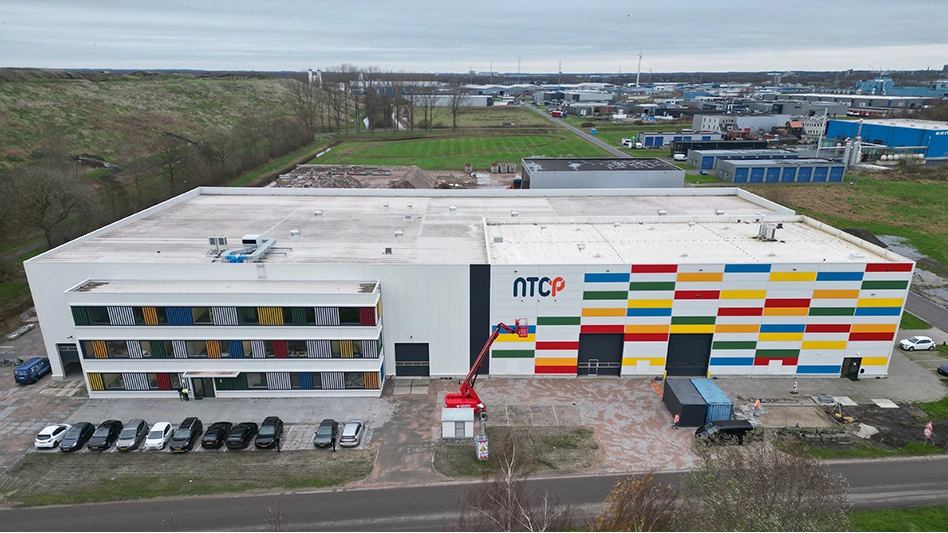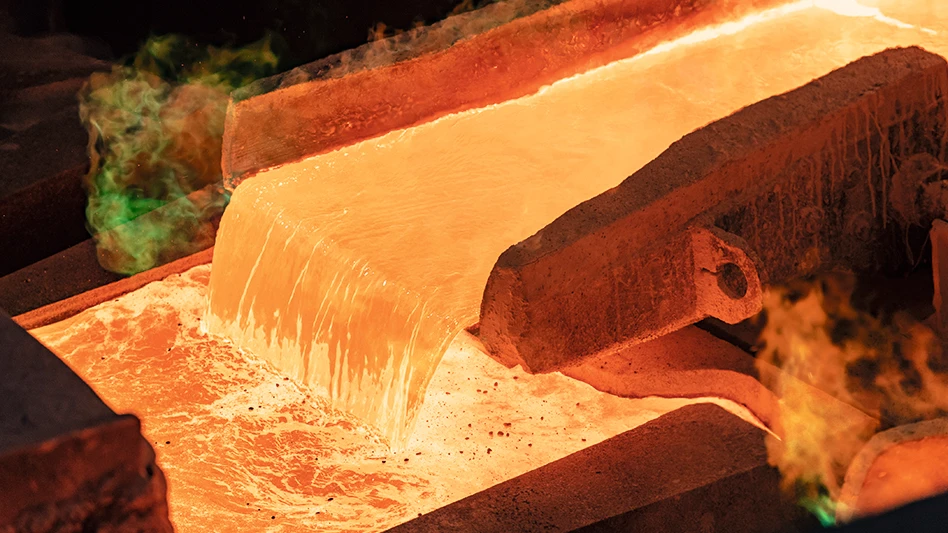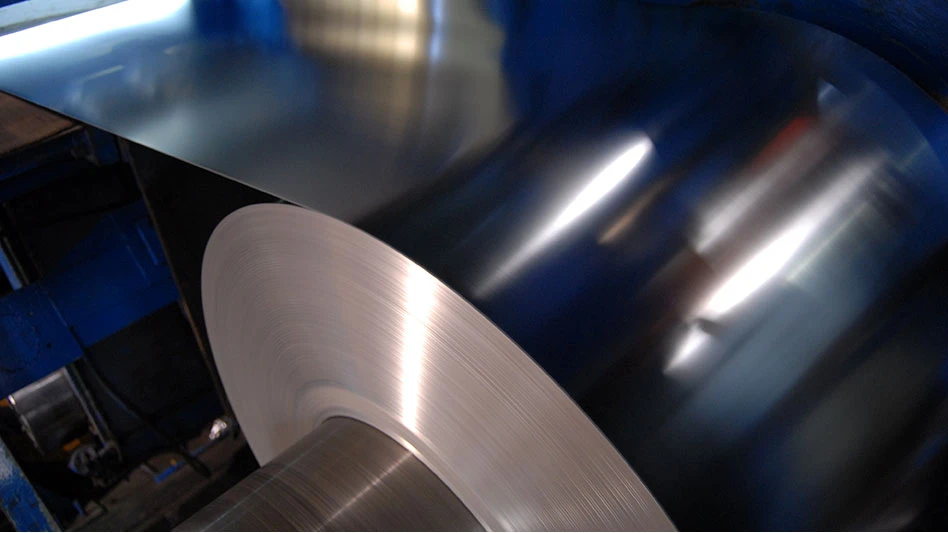 Processors and traders of scrap metal have plenty of tasks to address within the realm of things that they can control without compounding their burden by worrying about the things they cannot control.
Processors and traders of scrap metal have plenty of tasks to address within the realm of things that they can control without compounding their burden by worrying about the things they cannot control.
The volatile price of copper has become such an overriding part of the red metals recycling sector that attempts to control its influence via hedging has become a critical part of doing business. Essentially, traders and processors will incur the effort and expenses it takes to exert some degree of control to this “beyond their control” element.
While hedging has been a helpful tool, scrap processors and traders remain attentive to the ups and downs of the copper market and to the array of factors that can cause the price of copper to rise and fall.
Infrastructure Ingredient
A consistent condition for scrap processors and traders around the world has been demand for red metal scrap.
Before China’s emergence as the world’s foremost producer of copper and copper products, stagnant economic conditions in Europe or North America would have been the prevailing influence on the price of copper scrap in those regions.
When China began to ramp up the dramatic economic reforms that began in 1978, its demand for copper grew by leaps and bounds.
The economic reforms, which began with a handful of free-trade zones, have unleashed a dragon as powerful as any in ancient mythology. From 1978 to 2010, China’s economy has grown by a percentage that is difficult to calculate. (“Almost a hundredfold” is how one economist quoted by China Daily in 2009 characterized it.)
With average annual GDP growth of 10.5% between 2001 and 2010, according to the International Monetary Fund (IMF), China has been the indisputable champion of economic growth in the prior decade.
In the basic materials sector, part of that growth (as readers of this publication can attest) has been fueled by scrap materials imported from the United States and other nations.
Although there remain business cycles and ups and downs (and notwithstanding the sub-prime-mortgage-induced crisis of 2008), scrap recyclers have enjoyed a remarkably healthy demand for their materials for more than 10 years, and often China is a leading cause.
But in business as in life, all good things must come to an end. Even as they have enjoyed the boom of the past 10 or more years, recyclers find themselves asking: What happens as some of the factors causing Chinese scrap metal, paper and plastic buyers to need this material begin to change? What might be the effects when Chinese buyers start backing away from the table, either because of reduced appetites or because they have the ability to satisfy their appetites with materials from closer to home?
China’s rapid economic development is considered by economists as far and away the leading cause of the commodity price surge of the past 12 years, whether for ores, energy resources or scrap materials. A nation of 1.3 billion people growing its GDP year after year in the range of 8 percent to 10 percent has had a massive impact on the size of the world’s demand for steel, copper and paper industries.
|
Copper Topics in Rome As it does each year at its World Recycling Convention, the Bureau of International Recycling (BIR) will be convening its Non Ferrous Metals Division as part of the programme. The BIR Non Ferrous Division will meet in Rome on Wednesday, 30 May 2012 at 11 a.m. under the leadership of Bob Stein of United States-based Alter Trading. According to a BIR news release, topics will include the challenge of the Eurozone crisis for the world economy and the impact of strong Indian and Far Eastern scrap demand on Italian domestic brass production. Guest speaker Loretta Forelli is described as having “enlightened BIR delegates at previous conventions with her analytical skills and deep knowledge of the copper alloy industry.” She is one of the owners of the family-based Forelli Group, a brass ingot producer based in Italy. “Ms. Forelli will highlight Italy’s role in the brass industry while analysing the challenges arising through Indian and Far Eastern producers,” says the BIR news release. Also speaking will be Marco Valli, chief Eurozone economist for UniCredit, a banking organization based in Italy with approximately 40 million customers and operations in 22 countries. He also co-authored the study “Global Inflation – The Ghost in the Machine?” which was awarded the Rybczynski Prize for economics writing in 2007 by the Society of Business Economists. Valli will talk about the European economy and is creating a presentation designed to provide a better understanding of the financial crisis as it stands today. |
According to the Lisbon-based International Copper Study Group (ICSG), global production of refined copper stood at slightly more than 17 million metric tons in 2006. Just five years later, in 2011, that total had climbed to just less than 20 million metric tons, with Asia almost entirely responsible for the growth.
As nonferrous scrap processors in the U.S. can attest, buyers representing Asian copper producers have shown a tremendous willingness to absorb as much red metal scrap as recyclers would like to sell.
Among the more remarkable side effects has been that even after U.S. construction fell dramatically after the 2008 financial crisis, copper (and copper scrap prices) recovered quickly as export buyers continued to seek out red metal scrap.
In previous decades, if the U.S. construction sector caught a cold, the copper scrap market sneezed with it. Now, recyclers and traders of scrap materials in North America are paying far more attention to the health of the Chinese economy.
The rate at which apartment towers, office buildings and transportation arteries are being constructed in China is now of utmost interest to scrap recyclers, since these metals-intensive activities ultimately rely on scrap feedstock.
As well, the growth of a middle class with purchasing power in China has been a boon to the electronics and small appliance industries there. Although these smaller items may use copper by the ounce, the ounces add up to pounds and tonnes considering the size of China’s population.
Determining the ongoing level of demand intensity for copper and red metal scrap in China is a critical variable in determining how long copper can retain its lofty pricing.
Smart Money
Many traders and analysts are not convinced that demand levels or supply constraints alone have caused copper to trade in its historically high range of the past several years.
Commodity-based investment instruments, some focused on copper, have become a common and growing part of many institutional investment portfolios.
In North America, exchange-traded funds (ETFs) like Horizons BetaPro ETFs, “are designed to track the performance of a specified underlying index, commodity or benchmark,” according to Toronto-based Horizons.
The company’s Comex Copper ETF is designed “to correspond to the performance of the Comex Copper futures contract for a subsequent delivery month,” according to an online description of the investment product. “If the Comex Copper ETF is successful in meeting its investment objective, its net asset value should gain approximately as much, on a percentage basis, as any increase in the Comex copper futures contract for a subsequent delivery month when the Comex copper futures contract for that delivery month rises on a given day,” the description continues.
Conversely, of course, the ETF’s net asset value drops as the Comex price drops.
Institutional investors looking for alternatives to the collapsed mortgage market or even corporate securities have shifted funds into commodity ETFs, sensing they can receive a safe return as long as the emerging economies of China and other nations continue to consume raw materials.
Instruments that allow investors to be bearish on copper also have emerged, such as “short copper” ETFs. Like almost every other form of investment, the confidence placed in a financial instrument still correlates to economic conditions in one or more parts of the world.
Those investing in copper ETFs may have helped drive up the price of copper, but their continued investment is still based on the fundamentals of the physical construction and purchase of buildings, cars, appliances and other goods and services in China and elsewhere. While ETFs and other indirect investments in copper may be a new twist, investors still need to be either bullish or bearish on the fundamentals of supply and demand.
Supply Strains
Scrap recyclers and traders thus far in 2012 have had mixed opinions regarding supply and demand for red metal scrap.
As of April, Ralf Schmitz, chief executive of VDM, the German Federation of Metal Traders, in a report prepared for the Mirror publication produced by the Bureau of International Recycling (BIR, www.bir.org), was reporting some positive news from Germany.
“The copper business has been more pleasing than in previous months; for both virgin and scrap metal, domestic players witnessed active market movement,” wrote Schmitz. “The supply of copper scrap and cable has been healthy,” he added.
In the Netherlands, Anton van Genuchten of Reukema Recycling reported to the BIR’s Mirror that “China has not entered the market for several weeks now and is not prepared to improve its prices for copper-related products. Financing seems to have become an ever-increasing bottleneck for Chinese firms.”
The author, editorial director of Recycling Today Global Edition, can be contacted at btaylor@gie.net.
Latest from Recycling Today
- AISI, Aluminum Association cite USMCA triangular trading concerns
- Nucor names new president
- DOE rare earths funding is open to recyclers
- Design for Recycling Resolution introduced
- PetStar PET recycling plant expands
- Iron Bull addresses scrap handling needs with custom hoppers
- REgroup, CP Group to build advanced MRF in Nova Scotia
- Oregon county expands options for hard-to-recycling items





